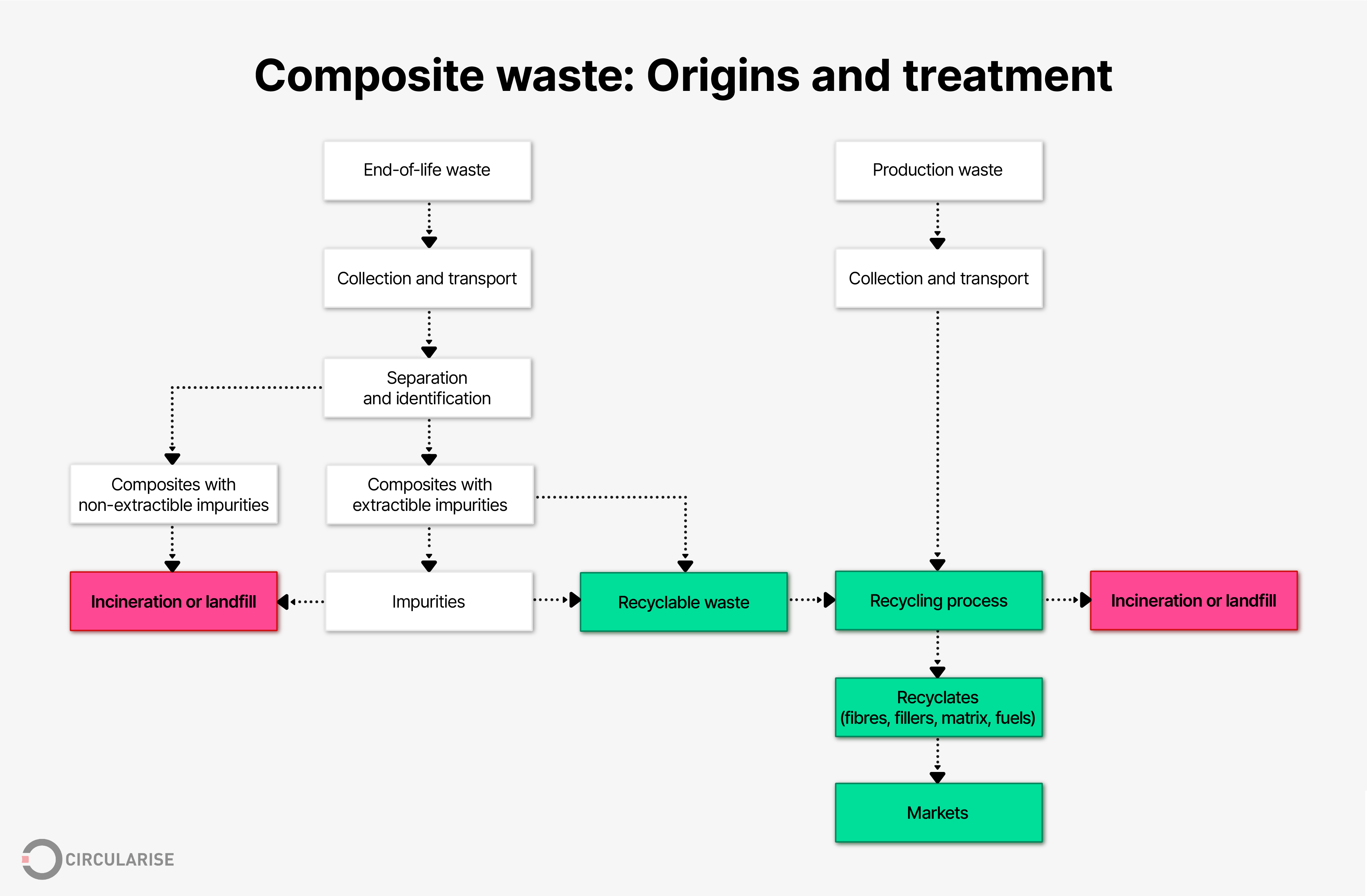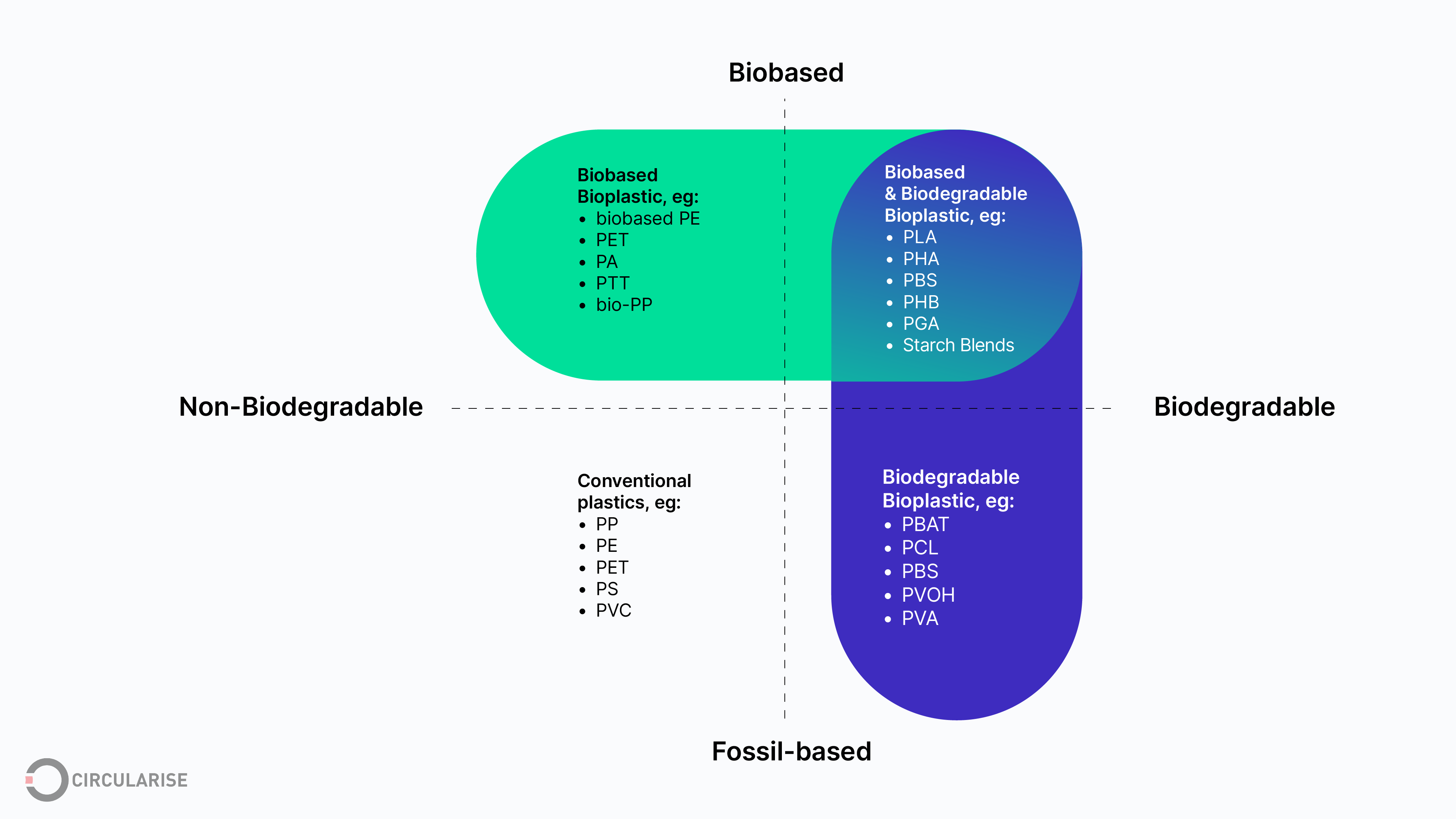From 1st February 2027, all EV and industrial batteries on the EU market will require a unique battery passport to be identified with a QR code. The European Union's Battery Regulation Amendment provides a comprehensive set of rules that are designed to protect the environment by reducing the amount of hazardous materials found in batteries and increasing the recycling rate of batteries. Since it was introduced in 2006, it has had a significant impact on the battery industry. As a result, the need for battery passports and other forms of battery traceability has become increasingly important.
What is a battery passport?
A battery passport is a document that stores relevant battery data throughout the entire battery lifecycle, containing detailed information about a battery’s production, testing and recycling. It is designed to ensure that batteries comply with the Battery Regulation Amendment, as well as to provide a record of the battery’s history. This is especially important for batteries that are sold to consumers, as it provides them with the assurance that the battery they are purchasing is safe and compliant with the regulation.
4.png)
What information needs to be included in a battery passport in the EU?
- Identification: A unique serial number which must be clearly visible on the battery and cannot be easily altered.
- Basic characteristics: Information on production date, battery type and model, chemical composition, and intended use. This information will be stored in the EU electronic exchange system and must include the name and address of the manufacturer or importer.
- Statistics on performance and durability: Technical information over the battery lifecycle must be updated by parties conducting repair or repurposing of the battery, and include details on how this data was obtained.
The Battery Regulation requires many other criteria to be met to sell batteries in the EU, including that all batteries must be recycled in an approved manner. Here are some of the main requirements that must be met:
- Facilitate repair and end-of-life processing: Information must be made electronically available to all parties conducting any repair or end-of-life processing, as well as end users to facilitate collection schemes for end-of-life batteries.
- Increase recycled content: Batteries must contain a minimum of 16% cobalt, 85% lead, 6% lithium, and 6% nickel from non-virgin sources by 2031.
- Calculate carbon footprint and greenhouse gas (GHG) emissions: Battery producers will be obligated to report the carbon footprint associated with the overall life cycle (excluding the use phase) of the specific manufacturing batch of batteries
- Battery health data: Must be made available to the battery owner in order to determine the potential for further use, repurposing, or remanufacturing.
- Conformity declarations: Before a battery can be placed on the EU market, it must have a conformity assessment conducted by a notified body.
- Safety and hazardous materials: Must include evidence that they are safe during their normal operation. All batteries cannot contain materials which present a hazard to humans or the environment during all stages of the battery life cycle.
- Battery supply chain due diligence requirements: As of 12 months after the proposed Battery Regulation update is implemented, companies selling EV and industrial batteries on the EU market must conduct supply chain due diligence to mitigate social and environmental risks. All information must be made available to the public, to authorities upon request, and to downstream customers.
Who does the European battery passport regulation affect?
Every industrial or electric vehicle (EV) battery on the EU market with a capacity of over 2 kWh will require a battery passport, regardless of the origin of the battery. The party placing the battery on the market holds the responsibility to ensure that all the required data is entered into the digital record and that the information is correct and up to date. Battery passports will require input from
- Cell producers
- Module producers
- Battery producers
- Automotive OEMs
- Battery service, refurbishing, and repurposing companies

Risks of non-compliance with the European Battery Regulation
The 2022 amendment to Article 69 states that “businesses should actively remedy harm caused by themselves or in cooperation with other actors even when due diligence has been carried out. Such operators should be liable for any adverse impact within their control that they caused or contributed to.” This means that anyone adversely impacted will be able to make significant compensation claims when something goes wrong.
When will battery passports be required in the EU?

From 1st February 2025, the carbon footprint specific to the manufacturing site and batch of batteries must be verified by a third party and made publicly accessible online. By 1st February 2027, all EV and industrial batteries on the EU market will require a unique battery passport. Information on the battery is to be retrieved using a QR code, and must include performance classification for carbon impact, electrochemical performance, and durability requirements.
In order to ensure it meets the carbon footprint threshold, an impact assessment of battery life cycle must be made by 1st February 2028 and must include technical documentation detailing the percentages of cobalt, lead, lithium, and nickel which came from recovered sources. The collection targets are set at 45% by 2023, 63% by 2027 and 73% by 2030 for portable batteries, and at 51% by 2028 and 61% by 2031 for light means of transport (LMT) batteries. The minimum levels of recovered cobalt (16%), lead (85%), lithium (6%) and nickel (6%) from manufacturing and consumer waste must be reused in new batteries.
All waste LMT, EV, SLI, and industrial batteries must be collected regardless of their nature, chemical composition, condition, brand or origin, and free of charge for end-users. By 31st December 2030, the EU Commission will assess phasing out non-rechargeable portable batteries.
How can Digital Product Passports on blockchain support compliance with the EU Battery Passport Regulation?
To effectively comply with the Battery Passport Regulation, companies need a solution to trace each individual battery throughout the entire battery lifecycle. The best way to do this is with the help of digital product passports. Much like your passport containing information about you and where you have been, digital product passports contain a range of information to track products throughout their entire lifecycle from production to end-of-life disposal.
As information about the battery’s production history, usage, and end-of-life need to be gathered from various databases and ERP systems of companies across the supply chain and integrated in order to meet the requirements of the regulation, these companies need to be willing to share this information. This is only possible if they know that there is no risk of exposing their sensitive or confidential data. In addition, to make such a system trustworthy there needs to be a way to determine if the data provided is reliable and valid.
Digital product passports built on the blockchain are well-suited to this task, as they serve as a single source of truth distributed across a network of systems and allow information to be exchanged in a secure and verifiable manner. The distributed nature of blockchain technology ensures that any modifications or updates to information about each specific battery from source to production, to end user, reuse and recycling are recorded and validated, and it cannot be altered or tampered with. Open public blockchains, in particular, are beneficial as they more easily allow for interoperability with existing systems and the transfer of information and records from one system to another.
Due to these factors, Circularise built its digital product passport traceability system on a public, decentralised blockchain. Through our patented Smart Questioning technology actors can selectively share battery data with the highest level of privacy and confidentiality. In this way, we ensure that relevant and necessary battery information is easily accessible to all actors in a supply chain while protecting sensitive and proprietary details, increasing the level of trust in the system.
The EU Battery Regulation Amendment is an important step in protecting the environment and ensuring that batteries are safe and compliant with the regulation. It will help improve end-of-life battery recovery, and ensure fair and safe working conditions for involved parties. Battery passports will be a core tool in enabling a circular battery value chain, allowing all stakeholders involved to cooperate and share the relevant information to maximise safety, optimise battery use, and ensure responsible recycling.
Read more about EU battery passport regulation requirements or contact our team to find out how we can help you implement a digital battery passport solution.

Circularise is the leading software platform that provides end-to-end traceability for complex industrial supply chains. We offer two traceability solutions: MassBalancer to automate mass balance bookkeeping and Digital Product Passports for end-to-end batch traceability.















